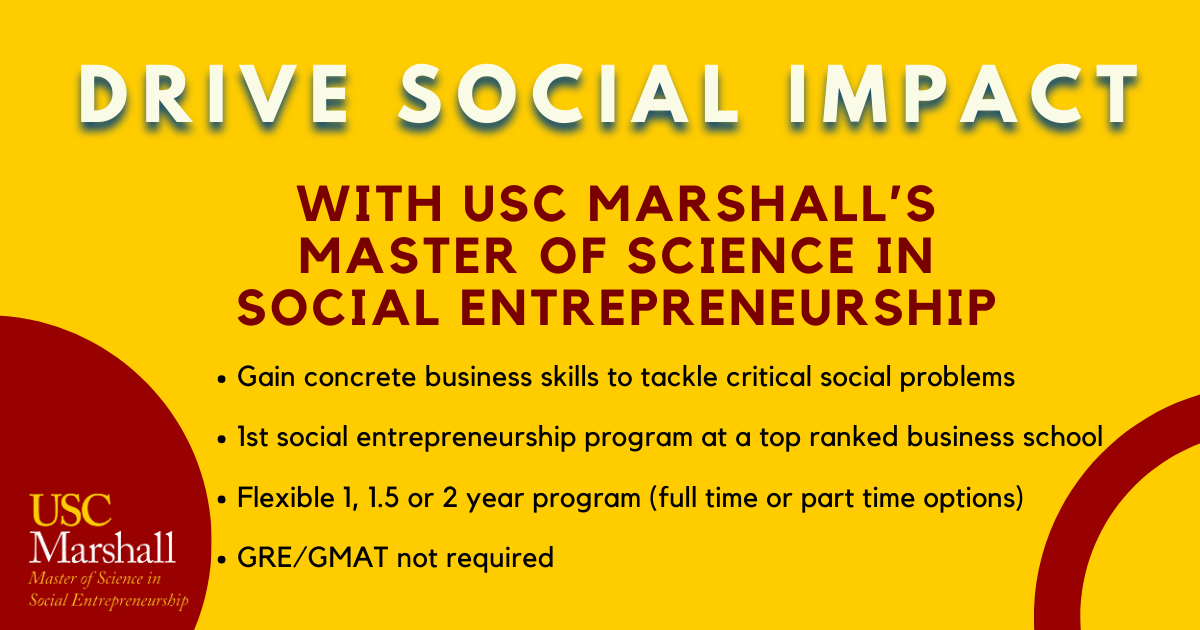As responsible leaders we need to be able to continuously learn and navigate change in order to lead during times of great challenge. We must also lead others to do the same. Yet mandating people to be resilient is not the way to embrace change and progress. Selling people on the power of keeping up, isn’t sustainable. We must first understand what is required for people to adapt to ever-changing situations. Then we need to train and coach our people toward the behaviors required to survive and thrive in the face of stress, pressure, and continual change.
We must not lead superficially but through authentic example.
Embracing change begins with the ability to successfully recognize and navigate emotions, remain present, and use our common sense to take the best next step.
People learn to adapt to change and uncertainty more effectively when they formulate new thought patterns, behaviors and habits that give them access to resilience and agility.
This article is a guide for training your workforce to embrace and thrive in uncertainty and change. It gives you the basics needed to develop a responsive agile state of mind throughout your team.
Curiosity is Key
Living in the 21st century requires all of us to not only know what is happening but understand how technological, environmental, and sociological shifts impact us and those around us.
Fixed ways of thinking form rigidity in the brain resulting in an (often unconscious) resistance to open our mind to new ways of thinking and looking at the world. This deeply inhibits our abilities to understand the complexities of the people and situations around us. These limitations are amplified during times of crisis deeply impacting the quality of our decisions. Gone unchecked, these patterns make it difficult to learn and grow, shape strategic behavior and innovate.
Alternatively, adopting a mindset of curiosity unlocks continuous learning, growth, and improved relationships in both personal and professional settings.
Change and Stress Trigger
To respond well to change we must acknowledge and work through our habitual reactions. We all have neural pathways that enable us to automatically do activities; such as riding a bike or speaking our native language. These patterns are grooved into our brain like a pathway in the snow. The brain matter of patterned thinking is thick considering how many unconscious biases we have with regards to multiple aspects of life and work. Humans are mostly unaware that they have a preference on various unexamined topics. This forms habitual belief patterns that shape habitual behavior. Under stress, these patterns are triggered, commonly resulting in “less than best” behavior.
Change is one of the strongest triggers for humans. Research tells us that common negative responses to change include outright belligerence, covert manipulation, stone walling, and pleads of ignorance; all manifested through people’s fear and uncertainty around change.
Even with great communication and inspiring reasons for the changes facing a workforce, people respond through their habitual and automatic patterns without awareness that they are doing it. Most, if not all, of our core neural pathways formed when we were children and young adults. Thought patterns develop from repetitive responses to external stimuli, meaning many of us walk around in an adult body, processing thoughts from a child’s reaction to stimuli.
Retraining the Brain
Once you identify that these pathways exist and are aware of your habits and behavior, you are free to create new ways of being. You are the master of your own domain. You can choose to shape new thoughts, new beliefs, and new actions aligned with your purpose.
The power of our brain is that it’s re-programmable. We can retrain the brain to navigate change and respond to stress and pressure more effectively.
Training your brain to adopt new patterns of thinking takes discipline, effort, consistency and energy. Understanding how the brain works is a great place to start.
Destin Sandlin from smartereveryday.com created an insightful video on neural pathways. He used his backward bicycle to demonstrate how we can retrain our brain to new behaviors and skill sets. In the video, Destin explains how it took him eight months to learn to ride his backward bicycle. Later, it took a concentrated effort for him to go back to his old behavior which in this case, was riding a “normal” bicycle.
This type of learning is exactly what you’re looking for while training your workforce to effectively manage stress and pressure while effectively navigating upheaval and change.
Start with these steps:
- Empower people with neuroscience basics: explain how thought works and its impact on our ability to embrace and thrive in times of change.
- Create an “Aha!” moment so that each and every soul in the training has an insight about how their thoughts, feelings and beliefs shape their behavior and impact their effectiveness in the midst of change.
Explaining the Brain – Make It Interactive and Inquisitive
Explaining a complex subject like neuroscience is best done through interactive and experiential training. Well-led training engages all three learning styles, Auditory, Visual, and Kinesthetic, and offers an inquisitive debrief that gives the participants an opportunity to consider their behavior and responses based on tangible examples.
One of the simplest versions we’ve found to effectively debrief an activity can be found in three basic questions: “What Worked?” “What Didn’t?” “What’s Next?” These questions create an opportunity for everyone involved to have input into their personal experience during the activity – how it affected them as an individual and as a member of the team. Allowing plenty of time for answers to each question and deepening the understanding of the training is paramount to creating the new neural pathways around change.
Turn Insight Into Action
As a result of the debrief, habitual patterns that cause conflict and constraints in the workplace are revealed. When the reality of the adverse and unwanted impact resonates, participants can envision what’s possible with a new response and devise an action plan to adopt new habits and behaviors.
Keep in mind that you cannot force change and adaptation on your workforce and expect a positive adoption.
Each person in the training must find their own reasons for responding in a new way and building these habits takes time, practice and continual reinforcement throughout the workplace culture. The payoff is a team primed to flourish and move forward with velocity.







